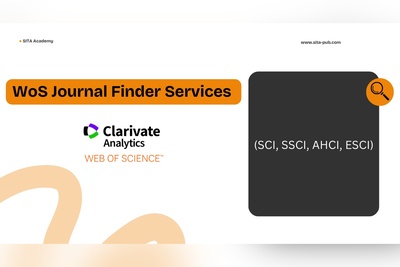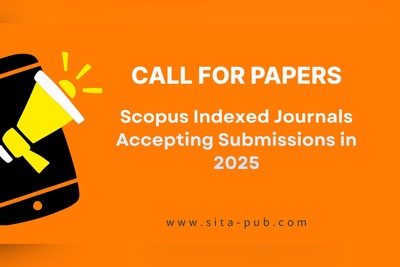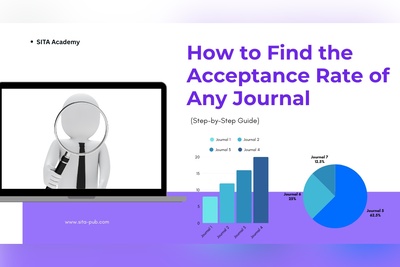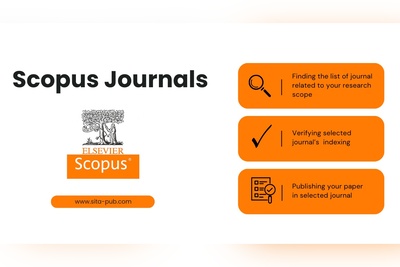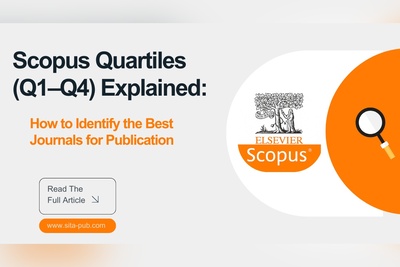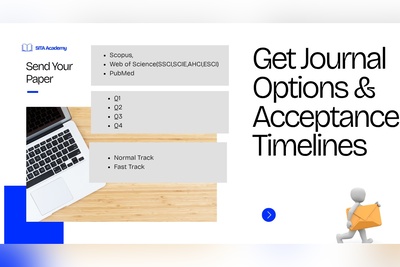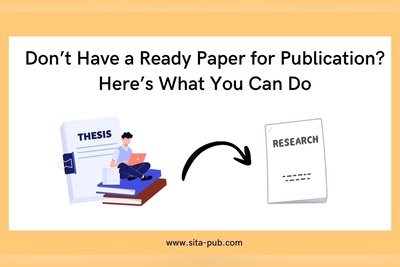How to Spot Fake “Indexed” Journals Claiming to Be in Scopus or SSCI
Learn how to identify fake “indexed” journals claiming to be listed in Scopus or SSCI. A complete guide to verifying indexing, avoiding scams, and ensuring publication in reputable academic journals.
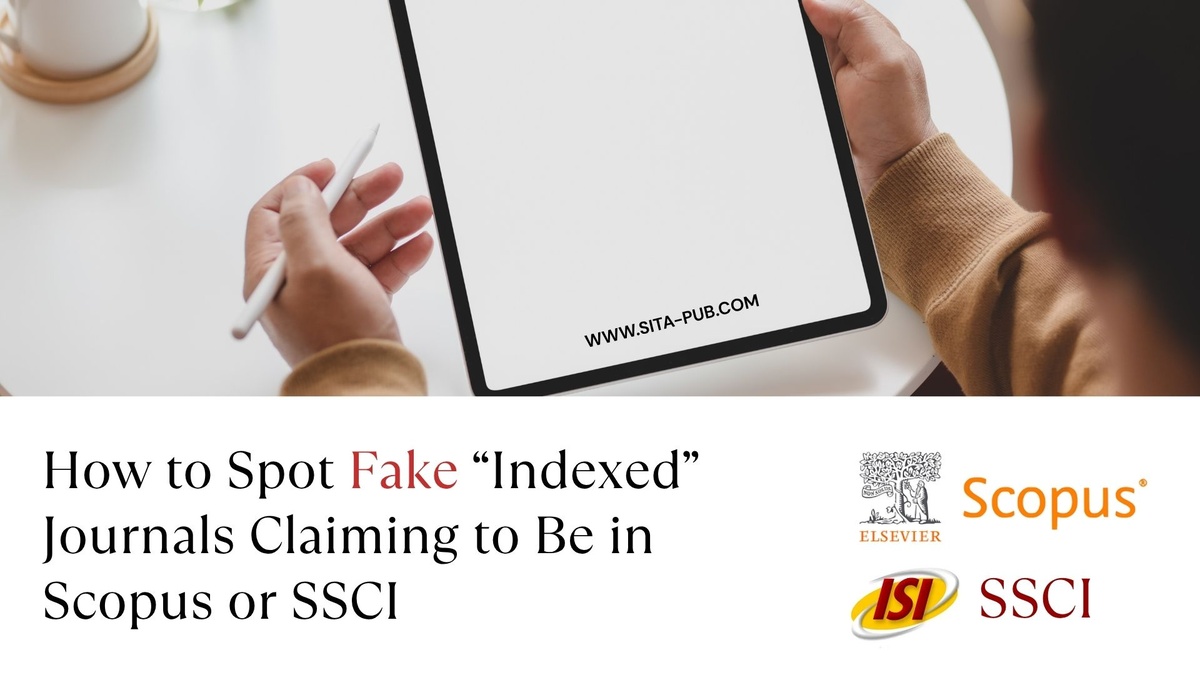
In today’s academic landscape, publishing research in international journals is not just a goal—it’s a necessity. Whether for academic promotion, postgraduate requirements, or global recognition, researchers around the world are striving to publish in Scopus and SSCI (Social Sciences Citation Index) indexed journals.
However, with this increasing demand, a concerning trend has emerged: predatory and fake journals falsely claiming to be indexed in Scopus or SSCI. These journals often lure researchers by promising quick acceptance, low fees, and fake metrics. Publishing in such journals not only wastes time and money but can also damage your academic reputation.
In this article, you’ll learn how to identify fake indexed journals and verify if a journal is truly listed in Scopus or SSCI.
What Are Fake Indexed Journals?
Fake indexed journals are publications that either:
Claim to be listed in reputable databases like Scopus or SSCI but are not,
Use outdated or manipulated indexing claims,
Provide false metrics (like fake impact factors or quartiles),
Or operate without transparent peer-review processes.
These journals often charge high fees and promise fast publication. In reality, they are not recognized by official academic bodies and do not offer credible visibility or academic value.
Red flags of fake indexed journals include:
Poor website quality with grammatical errors,
No clear editorial board or listed fake names,
Promises of guaranteed acceptance,
Claims of being indexed in “Scopus” without a valid link,
Hidden or vague submission processes.
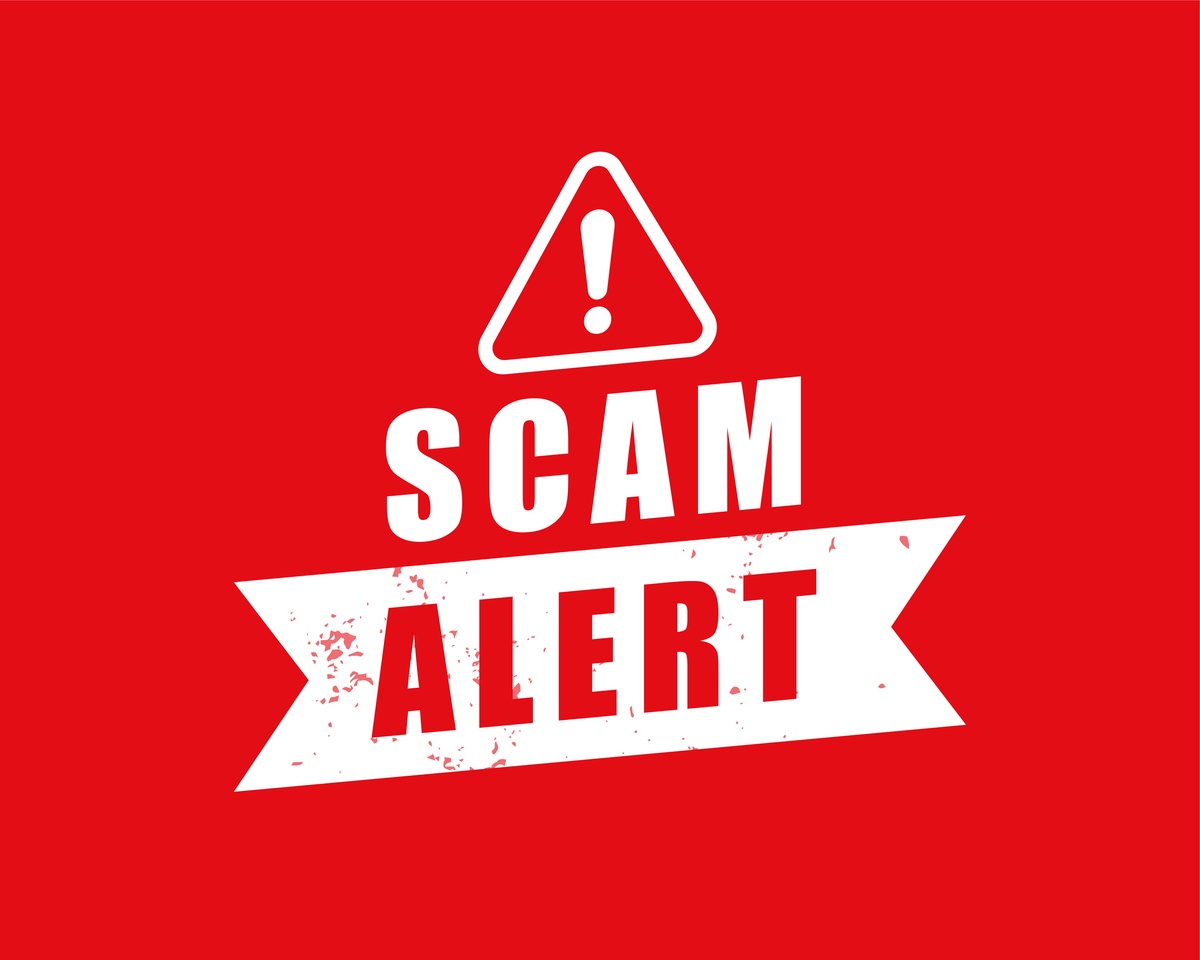
How to Spot Fake “Indexed” Journals Claiming to Be in Scopus or SSCI
Let’s break down how to verify if a journal is genuinely indexed.
How to Check Scopus-Indexed Journals (Step-by-Step)
Step 1: Visit the Official Scopus Source List
This is the official Elsevier portal listing all active journals indexed in Scopus.
Step 2: Search by Journal Name or ISSN
Enter the journal title or ISSN in the search box.
If the journal appears in the results, click on its name to see detailed information.
Step 3: Confirm Its Current Indexing Status
Check the coverage years (e.g., 2016–Present).
If the journal was discontinued, it will be mentioned clearly.
See the subject area, publisher, and SJR metrics to confirm legitimacy.
Step 4: Verify from SCImago Journal Rank (Optional)
This is a reliable secondary tool that ranks Scopus journals by quartile (Q1–Q4).
Look up the journal name and confirm it matches the subject and publisher info.
How to Check SSCI Journals (via Web of Science)
SSCI journals are listed in the Web of Science Core Collection, maintained by Clarivate Analytics.
Step 1: Visit Clarivate’s Master Journal List
This is the official database for SSCI, SCIE, ESCI, and AHCI journals.
Step 2: Search by Journal Title or ISSN
Type the journal name in the search bar.
The results will include which index it is part of.
Step 3: Confirm It’s in SSCI
Look for “SSCI” under the Web of Science Core Collection section.
Double-check the subject area and publisher information.
Important: If the journal only appears in ESCI, it’s not equivalent to SSCI. ESCI is a preliminary index and does not carry the same academic weight.
Other Important Things to Check Besides Indexing
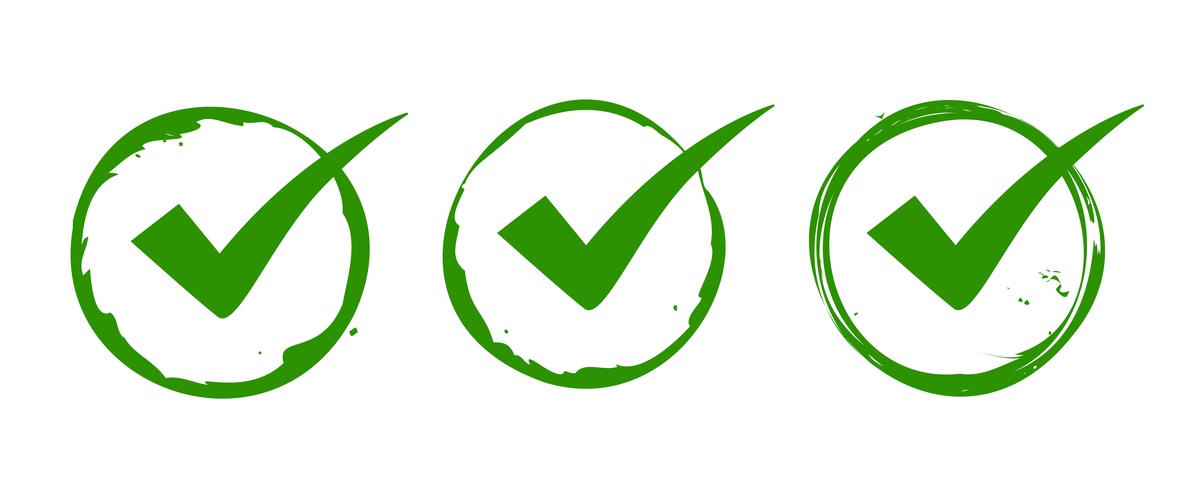
Even if a journal is indexed, it’s important to verify additional details before submitting:
1. Publisher Reputation
Is the journal published by a recognized academic publisher (e.g., Elsevier, Springer, Taylor & Francis)?
Avoid journals from unknown or new publishers unless they have strong credentials.
2. Peer Review Process
Real journals have clear peer review guidelines.
If a journal guarantees “acceptance in 3 days,” that’s a red flag.
3. Editorial Board
Are the editor names and affiliations listed?
Can you verify those people are real researchers through LinkedIn or Google Scholar?
4. Plagiarism Policy
Reputable journals have strict plagiarism and ethics policies.
They will often require plagiarism reports and ethical declarations.
5. Email Communication
Check if the communication email is professional and aligns with the domain of the journal or publisher.
Be cautious of free email addresses like “[email protected]”.
Why Publishing in Fake Journals Can Harm Your Career
Publishing in fake or predatory journals may lead to:
Rejection during academic evaluation or promotion reviews
Loss of credibility among peers
Ineligibility for grants or research funding
The inability to retract or transfer your work to a legitimate journal later
Final Thoughts
While the rise of fake journals has made academic publishing riskier, knowledge and caution are your best tools. Always verify a journal's indexing status through official Scopus or Web of Science portals, not from what the journal claims on its website.
Remember, a genuine journal never guarantees publication or uses aggressive marketing tactics. The process of peer review and academic publishing should take time—and that’s what makes it credible.
Need Help Identifying Legitimate Journals?
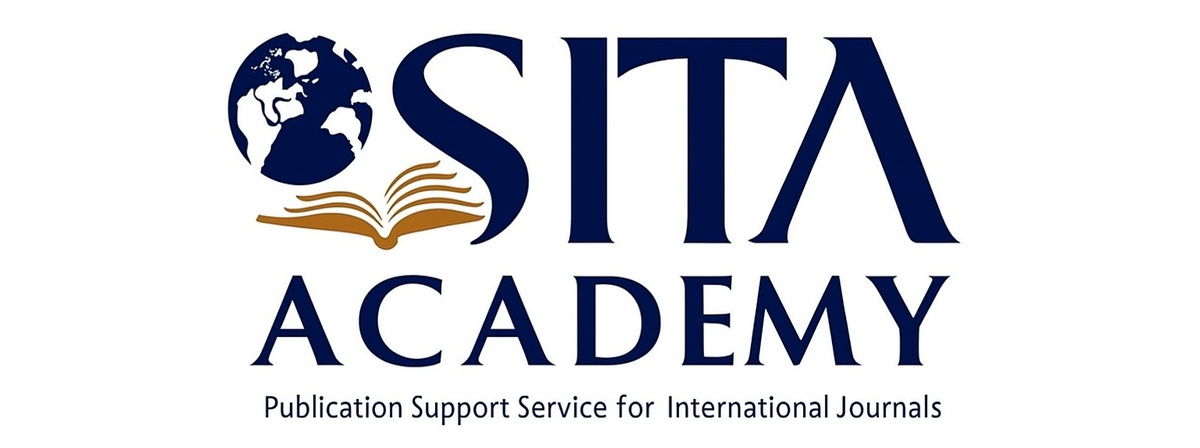
At SITA Academy, we help researchers:
Find real Scopus and SSCI-indexed journals
Check indexing, quartile, and journal credibility
Format, translate, and prepare papers for submission
Navigate the entire publication process ethically
Contact us today to avoid fake journals and get support from professionals who care about your research and academic growth.
Process of Submitting an Order in SITA Academy

Share Your Research Scope |

Receive Journal List |

Select Your Journal |

Formatting & Submission |
Verified Contact Channels
If you have any questions, inquiries, or would like to learn more about our services, please don't hesitate to reach out to us. Our dedicated team is ready to assist you.





